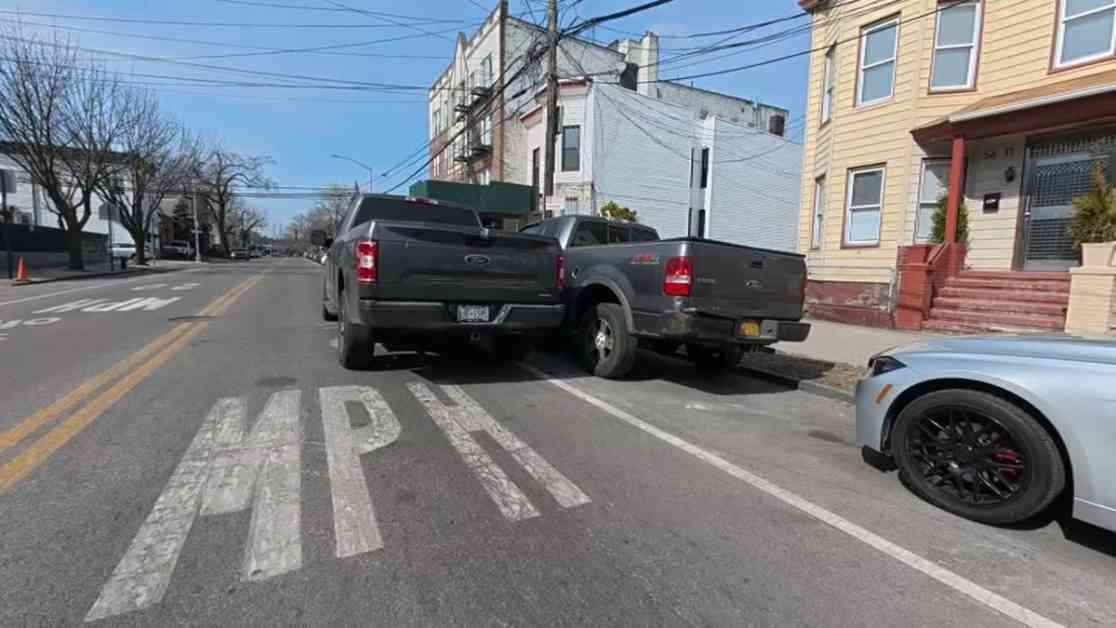New York City, a bustling metropolis famous for its iconic yellow taxis and crowded streets, is considering cracking down on a common violation that plagues its roads: double parking. The proposed legislation, spearheaded by Queens Assemblyman Steven Raga, aims to address the rampant issue of double parking by implementing a city-wide effort involving the installation of 150 cameras. Raga, a long-time advocate for road safety, is pushing for state investment of $35 million to fund this initiative, with the goal of identifying high-incident intersections and streets to enhance pedestrian safety, reduce commute time, and mitigate noise and air pollution.
Understanding the Proposal
Assemblyman Raga’s proposal to enforce double parking violations through the use of cameras has garnered both support and skepticism from New York City residents. The potential implementation of these cameras, akin to red light cameras, would allow for the monitoring and issuance of fines to violators. Currently, a first offense for a camera violation in the city incurs a $50 fine. Additionally, the consideration of adding cameras to areas with existing bus enforcement has sparked discussions about the broader impact on traffic and parking regulations.
Gloria Uribe, a resident of Jackson Heights, voices her concerns about the impact of double parking on the community, particularly in relation to delivery trucks obstructing traffic flow. She highlights the inconvenience caused by prolonged double parking, emphasizing the need for efficient enforcement measures to regulate such behavior. The proposed legislation, if approved, would be overseen by the NYC Department of Transportation, whose representative underscores the efficacy of automated enforcement in promoting safer streets for all residents.
Voices from the Community
Amongst the diverse opinions surrounding Assemblyman Raga’s initiative, Jennifer Rosario, another concerned resident, echoes the frustrations shared by many New Yorkers regarding the prevalence of double parking. She emphasizes the disruptive nature of this violation, describing it as not only inconvenient but also a source of significant annoyance for residents navigating the city’s congested streets. Rosario’s sentiment reflects a common sentiment among city dwellers who encounter the daily challenges posed by double-parked vehicles.
Despite the potential benefits of heightened enforcement measures, Raga acknowledges the nuanced nature of parking in a city as densely populated as New York. Concerns about limited parking availability and the need for quick stops drive discussions around potentially granting a grace period for drivers, allowing them a brief window to complete errands or drop off passengers without incurring fines. As the legislative process unfolds, Raga seeks to secure funding for the initiative in the upcoming state budget, providing the NYC Department of Transportation with a year to strategize the implementation of the program effectively.
In the dynamic landscape of New York City’s streets, the proposed crackdown on double parking stands as a testament to the ongoing efforts to enhance road safety and streamline traffic flow. As residents, lawmakers, and city officials engage in dialogue surrounding this legislation, the collective goal remains clear: to create a safer, more efficient urban environment for all who call the bustling city home.


